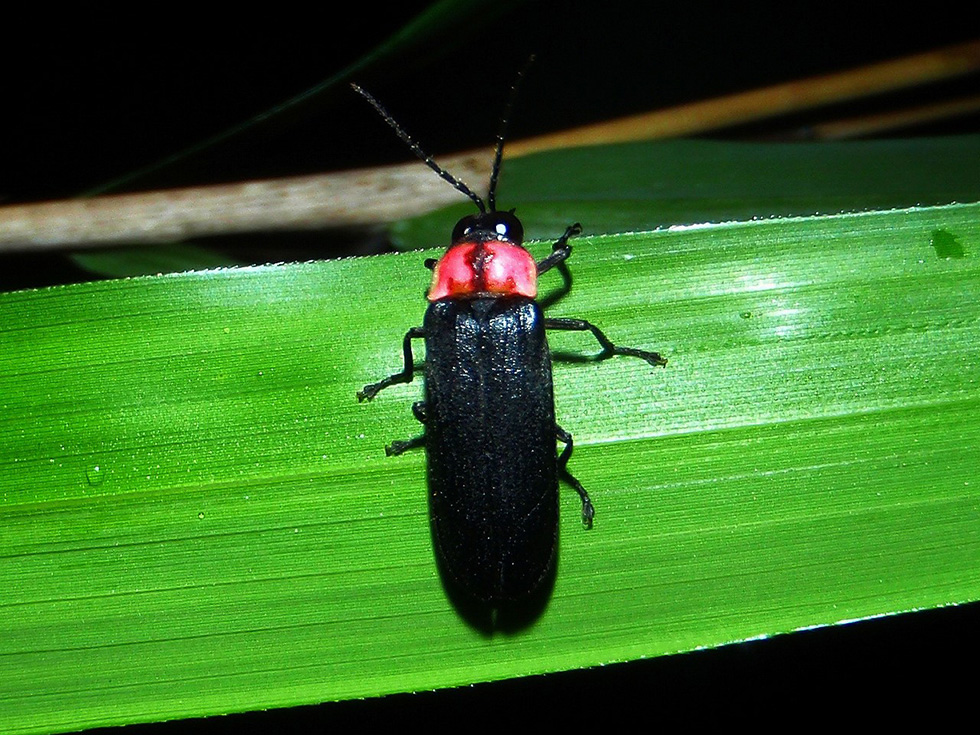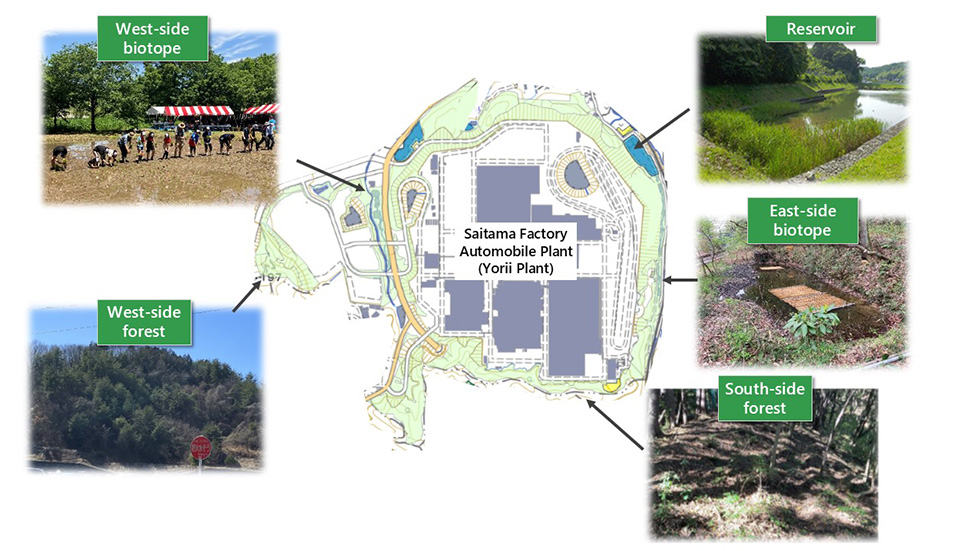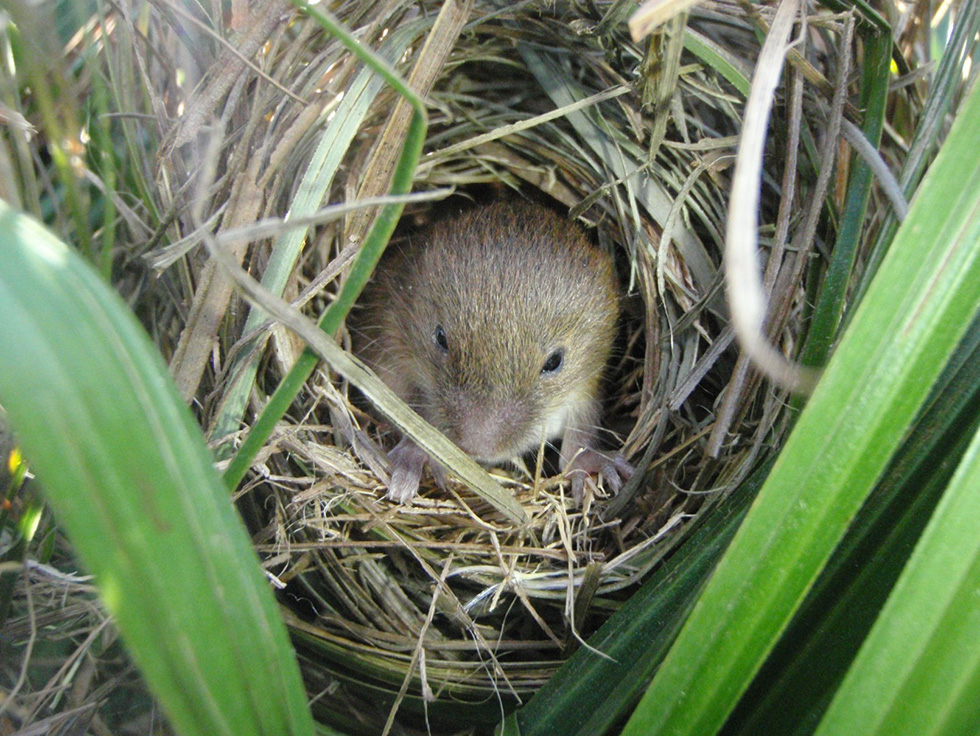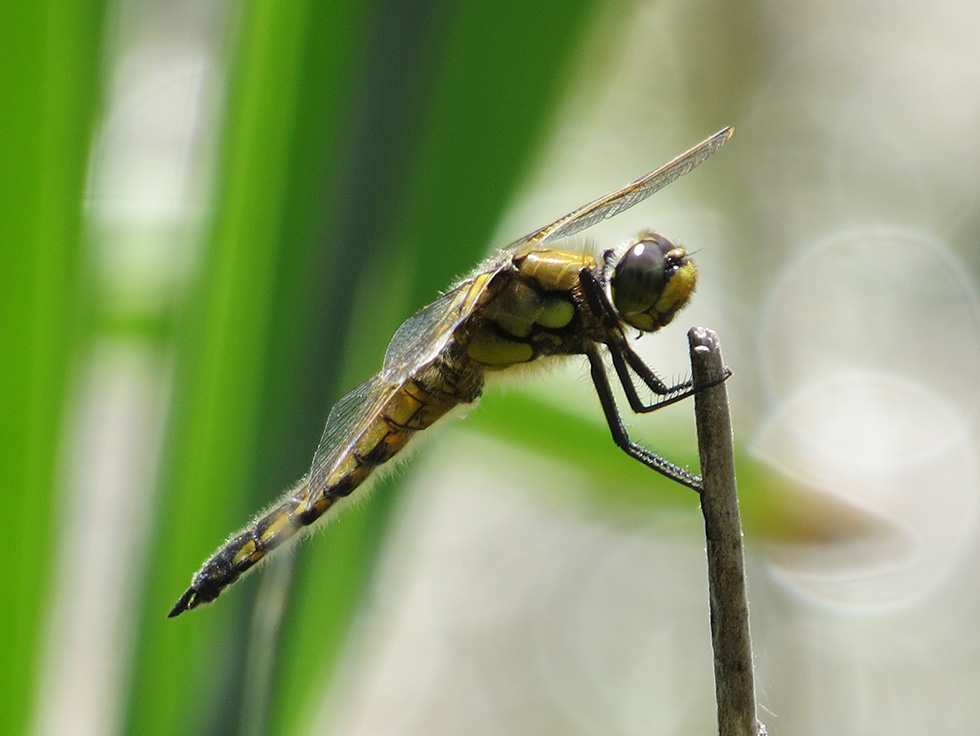Saitama Factory Automobile Plant Obtains Certification as an OECM by the Japanese Ministry of the Environment
TOKYO, Japan, September 30, 2023 – Honda Motor Co., Ltd. today announced that, as of September 27, 2024, the property of its Saitama Factory Automobile Plant (“Yorii Plant” located in Yorii-machi, Osato-gun, Saitama, Japan), has been certified as an OECM (Other effective area-based conservation measures*1) biodiversity conservation area designated by the Japanese Ministry of the Environment (MOE).
Honda has been participating in the “30 by 30 Alliance for Biodiversity” led by the MOE since April 2022, and Yorii Plant became the second property owned by Honda to be certified as an OECM, following the Mobility Resort Motegi (in Tochigi, Japan) that was certified in October 2023. Yorii Plant is the first factory property to receive the certification.


The 30 by 30 are international targets to conserve at least 30% of the Earth’s land, freshwater and oceans as a healthy ecosystem globally by 2030. This target was adopted at the 15th meeting of the Conference of the Parties to the Convention on Biological Diversity (COP15) in December 2022. The 30 by 30 Alliance for Biodiversity was established in Japan under the leadership of the MOE to establish structures and systems which will contribute to the attainment of the 30 by 30 targets in Japan, and it has been working on the certification of OECMs in Japan. The MOE certifies the “areas where biodiversity is conserved through various efforts such as initiatives by private sector companies and organizations” as OECMs, and certified areas will be registered in the World Database on OECMs.
The Yorii Plant began operations in 2013 as the lead plant for Honda automobile production operations around the world. In order to reduce the impact of its production facility operation on the local ecosystem, Yorii Plant not only preserves nearly 30% of the property as biodiversity-conscious green space but also manages the area as Satoyama (traditional Japanese natural landscape) as a corporate initiative. Through such a commitment, Honda is striving to contribute to both the local economy and the conservation of biodiversity. Moreover, in collaboration with local governments and other organizations, Honda utilizes the green space within its premises, such as a rice paddy biotope*2, as a site for environmental education where Honda associates and local residents can enhance their understanding about biodiversity. In recognition of these initiatives, the 27.2 hectares of the total 95.1-hectare Yorii Plant property was certified as an OECM.
*1 “Other effective area-based conservation measures (OECM)” are areas where conservation is achieved by the efforts of the private sector and areas where management for a purpose other than conservation is resulting in the contribution to the protection of the natural environment.
*2 A habitat for plants and animals restored/created within the rice paddy field.
<Biodiversity initiatives at Yorii Plant>
At Yorii Plant, various initiatives are being taken to maintain the Satoyama environment, which is important for the preservation of the local ecosystem, including pruning, cutting, and managing the organic material on the floor of jolcham and sawtooth oak forests, cedar and cypress plantations, red pine forests, and moho bamboo forests that existed prior to construction. For the wetland environment, Yorii Plant is also implementing various measures, including the rice paddy management (field preparation and plowing, etc.), cutting the grass and dredging*3 waterways, reservoirs and retention ponds to ensure the recharging of the groundwater*4, supplying of water to rice paddies located downstream, and conserving natural functions to suppress rainwater outflow.
Other environmentally-responsible measures taken in the OECM-certified area of Yorii Plant include extermination of invasive alien species. For example, Procambarus clarkia (red swamp crayfish) are captured using automatic trapping devices, hand nets and stationary nets, and put into compost for disposal. As a result of these initiatives, many rare plants and animals, including the harvest mouse, Japanese-native fireflies, and four-spotted skimmer dragonfly, live on the premises of Yorii Plant.
The OECM-certified area of Yorii Plant is adjacent to a greenery area and serving as a forest area to protect plants and animals from the impact of human activities and human-made objects such as railways and roads. Traces of wild animals such as badgers, wild boars, and Japanese deer have been observed in the forest area located at the south end of the OECM-certified area and the biotope on the west end of the area, which indicates that the area is assuming an important function as an animal migration route to the adjacent greenery area.
Furthermore, Yorii Plant hosts events for Honda associates and local residents using the rice paddy biotope and bamboo grove to share information and enhance communication with the local community about 1) functions and purposes of the biotope and 2) policies for the conservation and management of diverse plants and animals. Through these events, Yorii Plant is contributing to the enhancement of public awareness toward gaining more focus on biodiversity.
*3 The removal of sediment and debris from the bottom of ports, rivers and other water bodies to increase the water depth.
*4 Rainwater infiltrates into the soil and is stored as groundwater in the water-bearing strata of the land.



<Carbon Neutrality Initiatives at Yorii Plant>
Honda is striving to realize carbon neutrality for all products and corporate activities that Honda is involved in by 2050. Moreover, Honda is working toward its global goal of achieving zero environmental impact through not only its products, but throughout the entire product lifecycle including all corporate activities, with three focus areas -- carbon neutrality, clean energy ad resource circulation. With a goal to achieve carbon neutrality of its operations before the end of fiscal year ending March 31, 2026 (FY2026), Yorii Plant is implementing measures to reduce environmental impact while taking various approaches, including 1) the partial electrification and introduction of innovative technologies to its painting equipment which currently emits a large amount of CO2 and 2) the utilization of renewable energy by installing solar power generation and storage battery facilities within its premises.
< Biodiversity initiatives by Honda>
Recognizing the possibility that its corporate activities could affect biodiversity, as early as the 1960s, Honda began putting significant efforts into activities that lead to the conservation of biodiversity, including afforestation activities and the recycling and reuse of industrial water at its factories. In 1976, Honda began a program to create a “hometown forest” composed of native tree species that preserves the ecosystem and biodiversity unique to each location, at each of its operations in Japan.
In 2011, Honda established the “Honda Biodiversity Guidelines” which set forth the basic approach to work toward the harmonization of biodiversity initiatives and corporate activities. Based on this approach, Honda has been engaged in various environmental conservation activities around the world.
Striving to create a dream-inspiring future society where people can enjoy a rich natural environment, clean ocean, safety for everyone, a future where our children realize their dreams with no restrictions and greater comfort in life for everyone, Honda will continue its proactive commitment to the activities which will ensure Honda’s vision for the Joys for the next generation.
<Overview of the certified OECM site within Saitama Factory Automobile Plant>
Site name |
HondaWoods Minamiyorii Tsudoi no Sato |
Site address |
2354 Tomita, Yorii-machi, Osato-gun, Saitama, Japan |
Site area |
27.2ha |
Organization responsible for the governance of the site |
Honda Motor Co., Ltd. |
Organization responsible for the management of the site |
Honda Motor Co., Ltd. |
Collaborating organizations |
Yorii-machi (Yorii Town), Saitama Prefecture: Obusuma nature park management association: |
Lengths of the management period per year |
Year round |
Start of management role |
Since 2010 |
<For Reference>
・Honda ESG Data Book 2024 (English) :
https://global.honda/en/sustainability/report.html
・Honda Report 2024 (Integrated report/English)
https://global.honda/en/sustainability/integratedreport/
・Press release: “Mobility Resort Motegi Obtains Certification as an OECM”
https://global.honda/en/topics/2023/c_2023-10-06eng.html